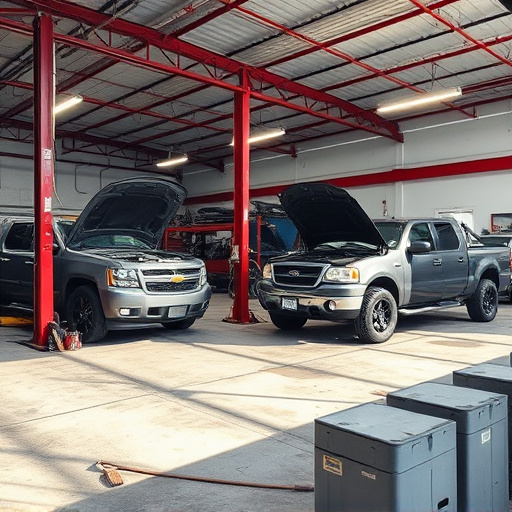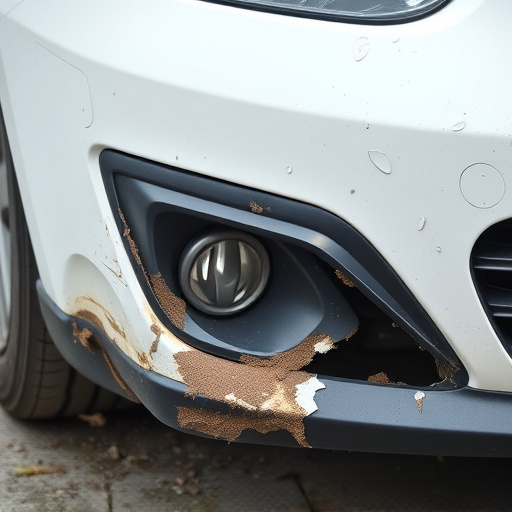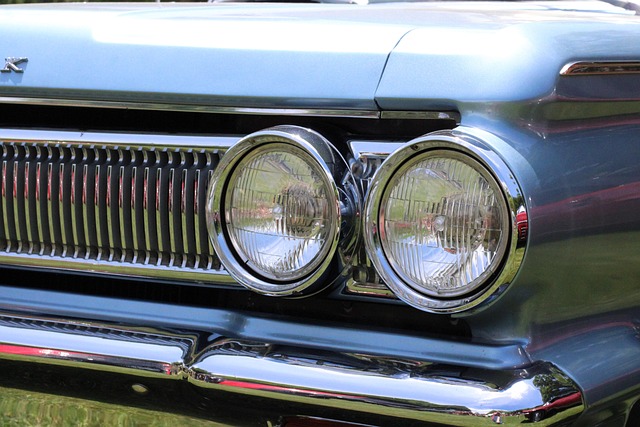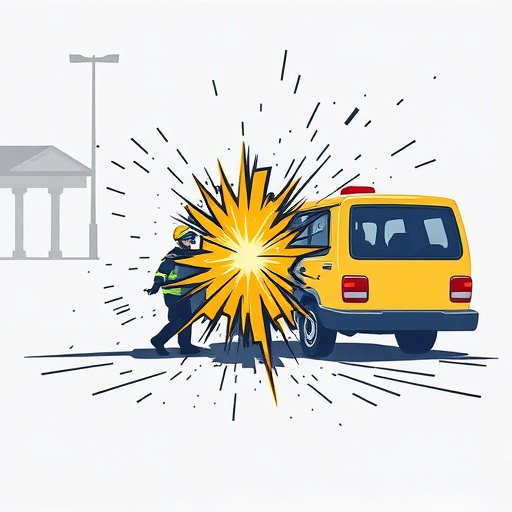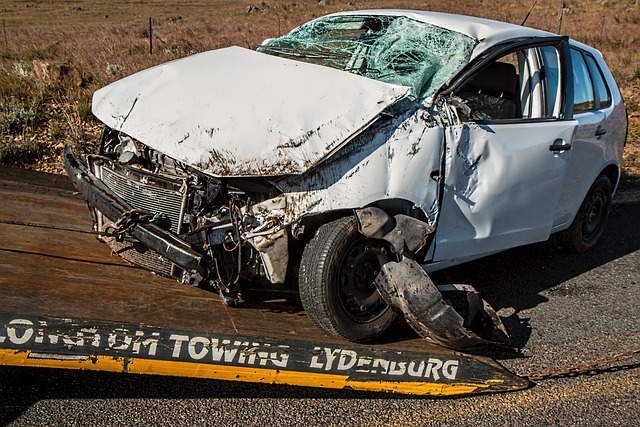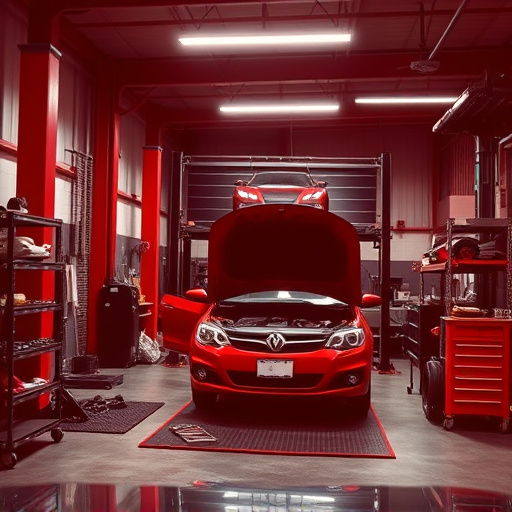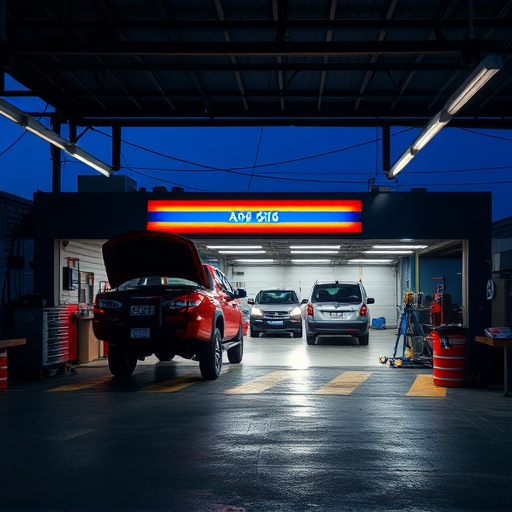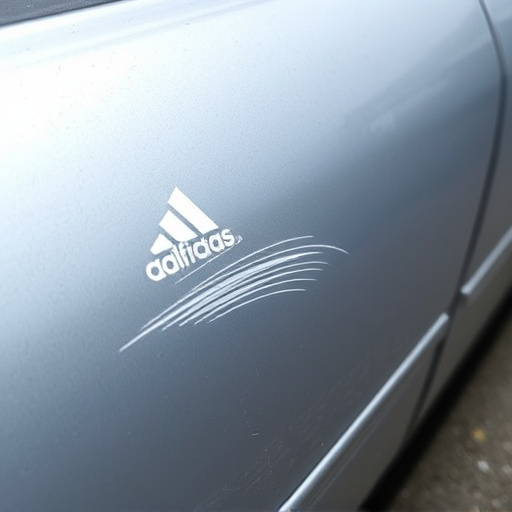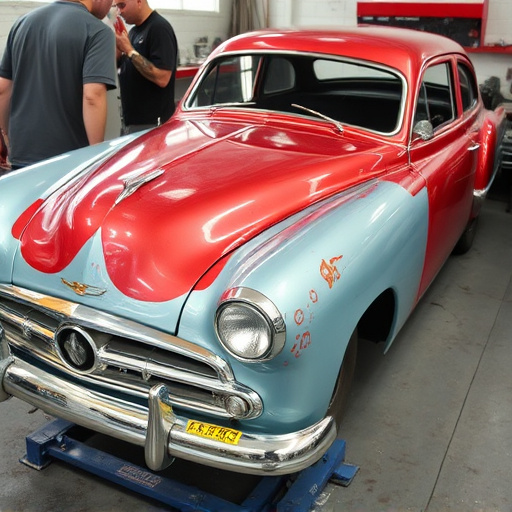Full panel replacement is a complex auto body repair process that replaces damaged or worn-out car body panels with new ones, restoring both structural integrity and aesthetic appeal. Unlike partial repairs, this method requires skilled disassembly, precise measurement, and expert painting to match original specifications and color. Quality control measures include rigorous inspections, advanced tools for dimensional verification, adherence to OEM specifications, paintless dent repair, and high-quality tire services, ensuring vehicle safety, customer satisfaction, and maintaining long-term curb appeal. Reputable shops prioritize these comprehensive practices to solidify their position as industry leaders in full panel replacement.
In today’s automotive landscape, ensuring quality control during full panel replacements is paramount. This comprehensive guide explores the meticulous processes shops employ to maintain superior standards. From understanding the intricacies of full panel replacement to implementing stringent quality control measures, we delve into best practices that guarantee customer satisfaction and vehicle safety. Discover how continuous improvement drives excellence in this critical aspect of automotive service.
- Understanding Full Panel Replacement: A Comprehensive Overview
- Implementing Strict Quality Control Measures for Panel Replacements
- Best Practices and Continuous Improvement in Full Panel Replacement Quality Assurance
Understanding Full Panel Replacement: A Comprehensive Overview

Full panel replacement refers to the process of completely swapping out a damaged or worn-out car body panel with a new one. Unlike partial repairs that might involve only fixing dents or scratches, full panel replacement aims to restore the original structural integrity and aesthetic appeal of a vehicle’s exterior. This meticulous procedure is often required when significant damage occurs, such as in accidents or severe weather events. By employing car paint services, automotive repair experts ensure a seamless blend between the new and existing components, making it nearly impossible to discern where the replacement ends and the original begins.
In the realm of automotive repair, full panel replacement goes beyond simply fixing the visible damage. It involves careful disassembly, precise measurement, and meticulous painting to match the exact specifications and color of the original panel. This level of detail is crucial in preventing future issues like rust or paint inconsistencies that can mar the vehicle’s overall appearance and value. Car scratch repair techniques, while important for minor aesthetics, don’t carry the same structural significance as full panel replacement. Thus, understanding when a car body panel needs to be fully replaced is key to maintaining a vehicle’s longevity and curb appeal.
Implementing Strict Quality Control Measures for Panel Replacements
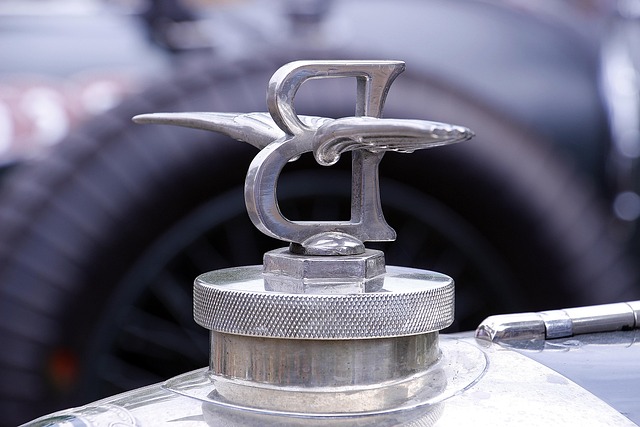
In the realm of auto body repair, ensuring quality control during full panel replacements is paramount to maintaining safety and customer satisfaction. Shops employ rigorous protocols to guarantee each component meets stringent standards. This involves meticulous inspections, utilizing specialized tools to verify dimensions, and comparing against original equipment manufacturer (OEM) specifications. Every detail, from material composition to finish, is scrutinized to prevent any compromise in structural integrity or aesthetic appeal.
Moreover, the process often incorporates advanced techniques like paintless dent repair for a seamless finish, complementing high-quality tire services that ensure optimal handling and safety. These comprehensive measures not only safeguard against potential issues but also foster trust among clients, positioning reputable shops as leaders in the industry, renowned for their meticulous attention to detail during full panel replacements.
Best Practices and Continuous Improvement in Full Panel Replacement Quality Assurance
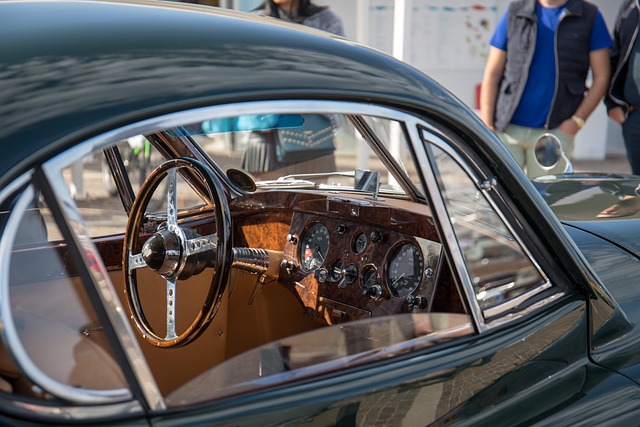
In the realm of full panel replacement, quality assurance is paramount to ensure the safety and aesthetic integrity of vehicles. Best practices involve rigorous inspection protocols at every stage of the process, from material sourcing to final installation. Skilled technicians meticulously examine panels for any defects or inconsistencies before and after application, utilizing advanced tools to guarantee precision and fitment.
Continuous improvement drives innovation in this domain. Shops adopt cutting-edge technologies and training programs to enhance their capabilities. Regular feedback mechanisms and industry collaborations foster the exchange of best practices, enabling collision centers and auto detailing facilities to stay ahead in bumper repair services. This commitment ensures that full panel replacements meet or exceed industry standards, delivering superior results for vehicle owners.
Shops employing meticulous quality control processes for full panel replacements ensure customer satisfaction and vehicle safety. By implementing stringent measures, adhering to best practices, and fostering a culture of continuous improvement, they maintain high standards throughout the process. This comprehensive approach not only guarantees exceptional workmanship but also builds trust between businesses and their clients, solidifying their reputation in the automotive industry.
